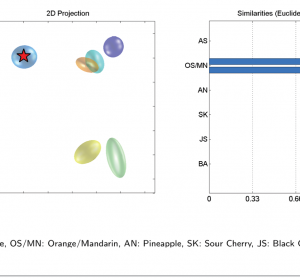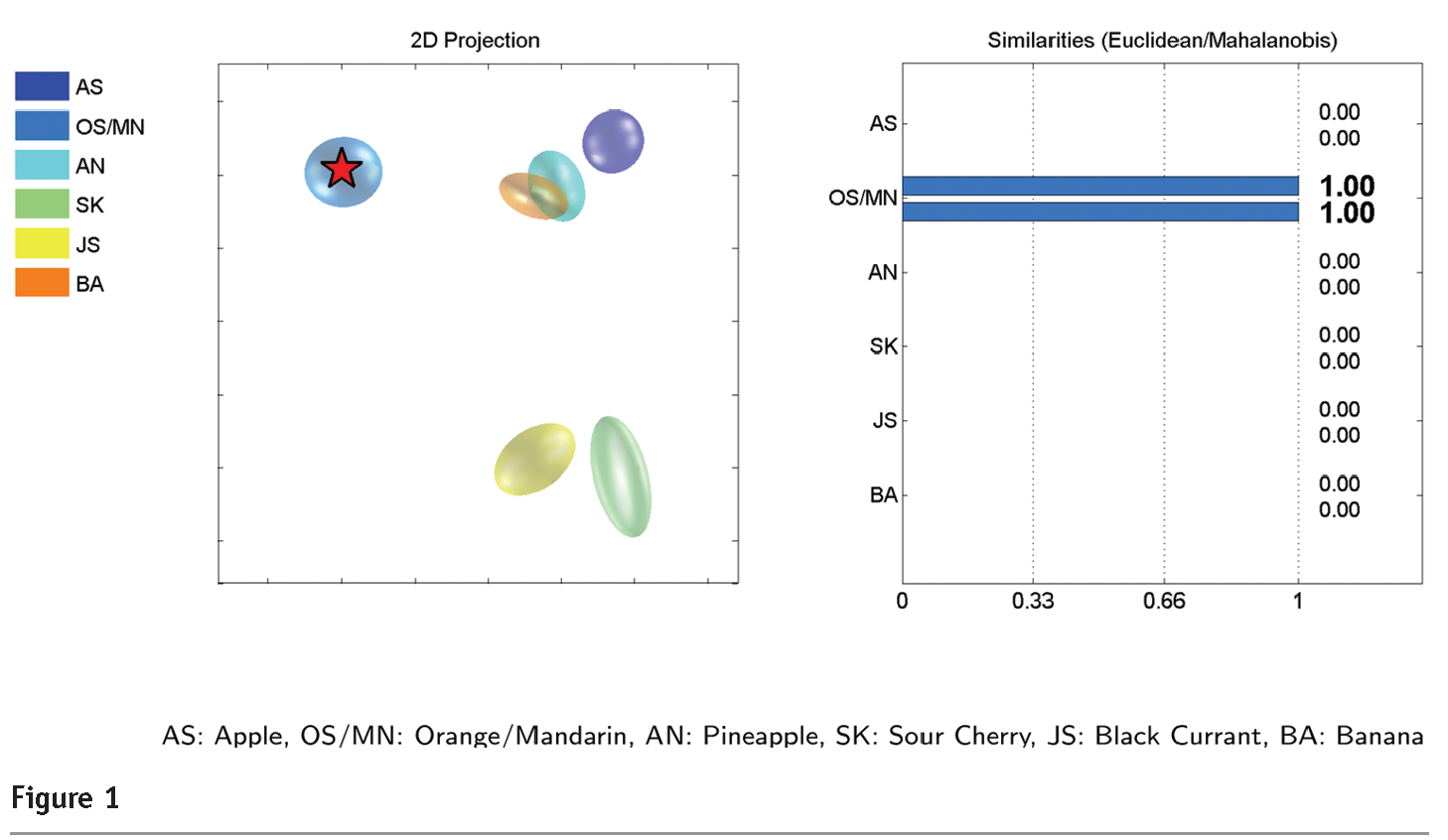Testing NIR Spectroscopy for drip loss prediction
28 February 2008 | By Marjeta Candek-Potokar, Agricultural Institute of Slovenia and Maja Prevolnik, University of Maribor, Faculty of Agriculture, Maribor, Slovenia
Meat quality has many different meanings. To some, quality refers to aspects of the carcass in respect to weight, fat cover and distribution, muscling/conformation and bruising. To others, quality refers to aspects such as chiller assessment attributes ie. meat colour, intermuscular fat colour and marbling. In pork, the attention of…






